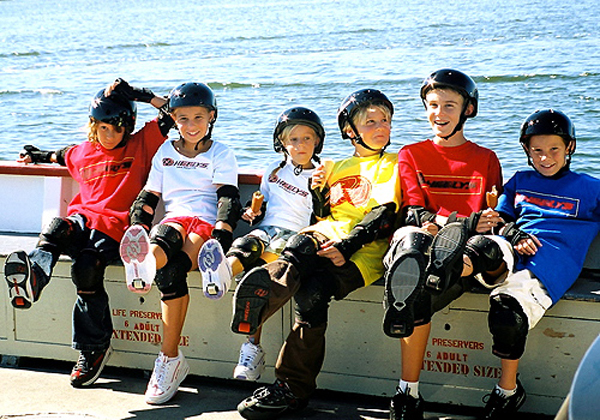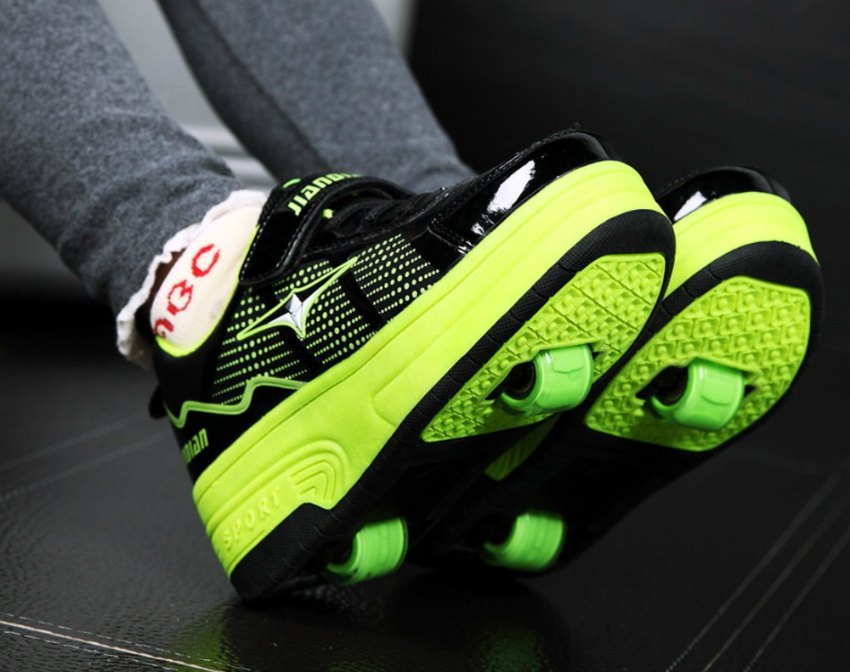Roller skating has been one of the most popular activities in the past decade. It is the perfect means of transport for shorter distances and great way to have some fun. However, roller skates are quite expensive and not everyone can ride them. On top of expensive, a kid can easily fall from them and seriously injure themselves. Luckily, today there is a pretty popular kids toy for both girls and boys that has taken over the market of roller skates – Heelys. You’ll often see kids “ghost-gliding” besides their parents while in the mall or pavements, leaving people confused while having a great time.

From my personal experience, my kids absolutely adore Heelys. But before I bought them their first pair, I did some research on the types of models I can buy. I suggest you do your research as well before you decide to buy Heelys online, and make sure you know what you’re getting for your kid.
When you look to buy Heelys online you will generally see them categorized in two basic sub-categories – one wheel and two wheeled models. While both are extremely fun and there isn’t much of a difference between them, they both offer unique features and advantages over the other.

- One-wheel models are much easier to maneuver with and can reach higher speeds. However, the disadvantage lies in the balance, as kids with poor balance will find them more difficult to ride than the two wheeled model.
- Two wheeled Heelys are a more recent model and offer a better control and stability. You have the option to remove one of the wheels if your kid likes a challenge or just see how a one wheeled model feels.
After you’ve bought the Heelys, you need to teach your kids how to ride them if they already don’t know. Here are 3 simple steps that will help your kid learn how to properly glide with Heelys:
- First, tell your kid to start walking with a slight preference on their toes, just try lifting them up as they walk. This will allow them to learn how to balance for more than a few seconds and is essential to have a leading foot, meaning, having one foot in front of the other. They should do this for the sake of balance and improved stability.
- Secondly, tell them to slightly bend their knees. This will allow them to change surfaces (like from street to pavement, and vice versa) without injuring their feet. This will also help them balance, and relaxed muscles and joints will “accept” bumps more mildly. It’s also important to always look forward. I understand this might be hard at first, but they have to look at their surroundings and don’t pay much attention to the movement. Instead, look at objects that look still.
- And lastly, they have to mind the speed. In order to stop, they’ll need to put down their toes and sometimes even do run-out motions to slow down to walking speed. If they go too fast and want to instantly stop, they can easily injure themselves.

